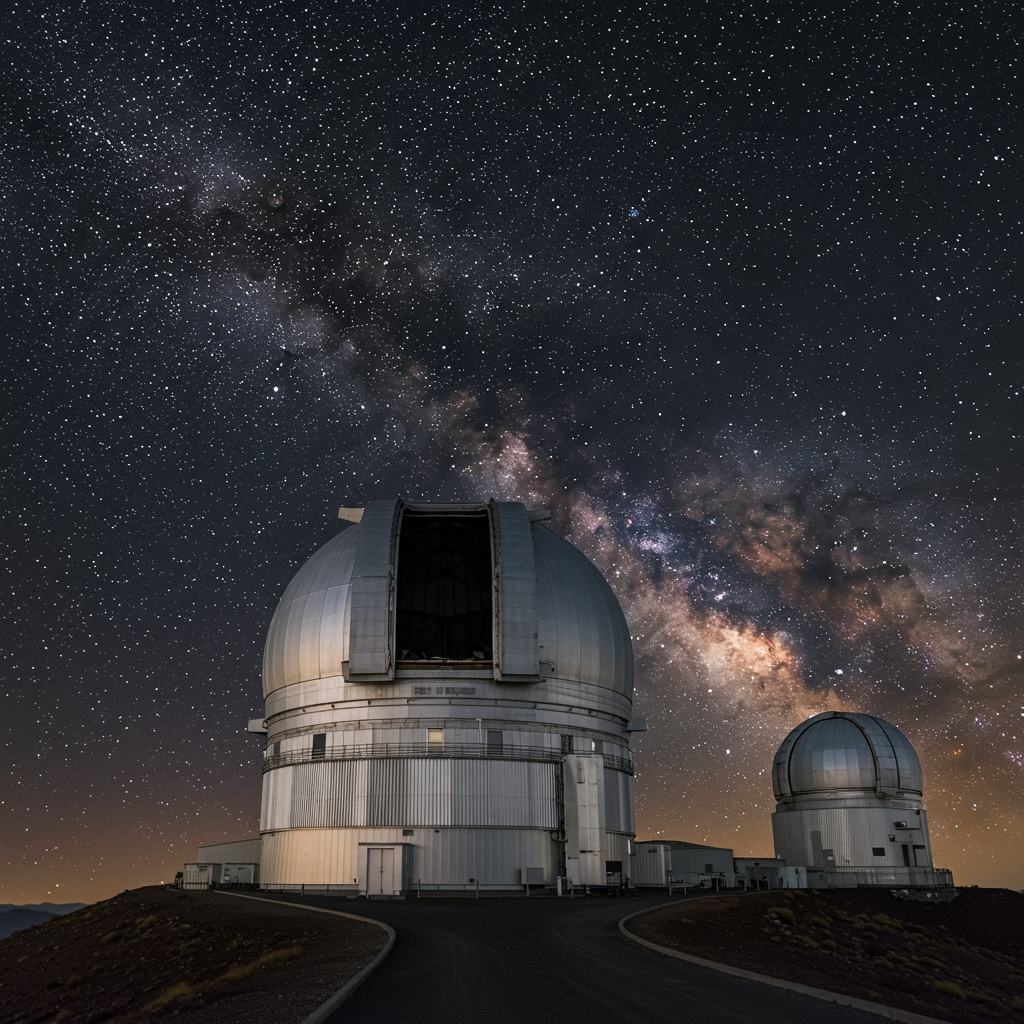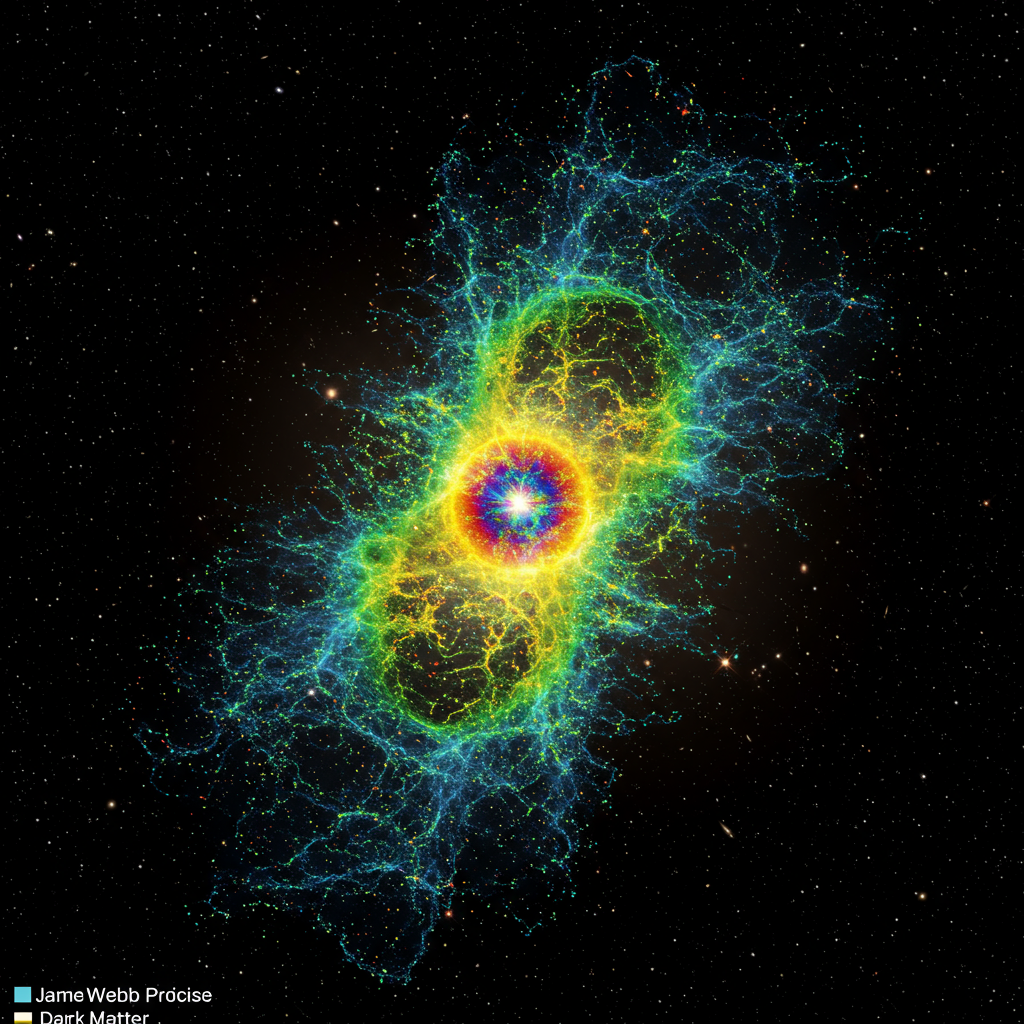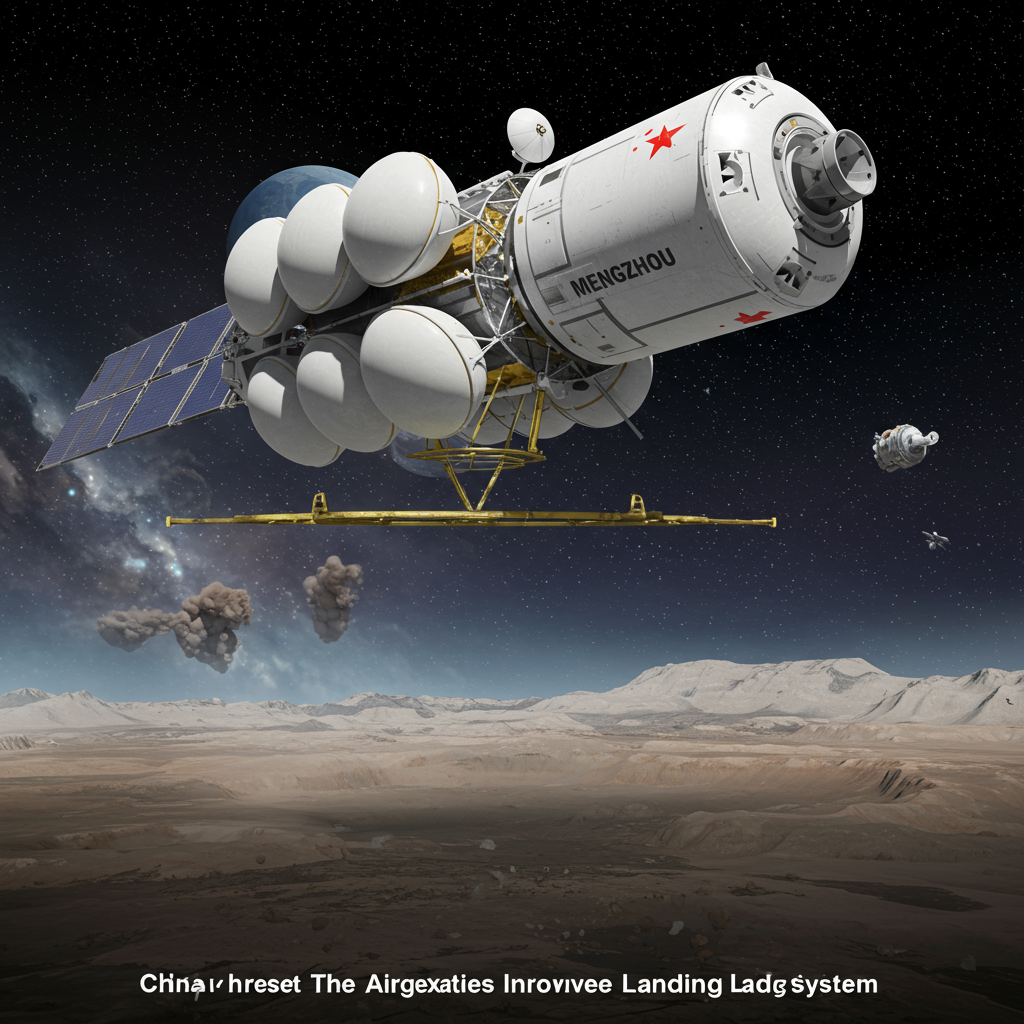A revolutionary new eye on the cosmos is opening, promising to redefine our understanding of the universe. High atop Cerro Pachón in northern Chile sits the Vera C. <a href="https://news.quantosei.com/2025/06/27/vera-c-rubin-observatory-reveals-1st-stunning-images-of-the-cosmos-scientists-are-beyond-excited-about-whats-coming/” title=”Vera C. Rubin Observatory Reveals Stunning 1st Cosmic Images”>rubin Observatory. This cutting-edge facility recently achieved “first light” and is poised to begin the decade-long Legacy survey of Space and Time (LSST). This ambitious project will create an unprecedented time-lapse map of the southern night sky. Unlike telescopes capturing deep, static images, Rubin focuses on rapid, repeated wide-field scans. Scientists anticipate discovering billions of previously unseen cosmic objects and tackling some of astronomy’s biggest mysteries.
Ushering in a New Era of Astronomy
The Vera Rubin Observatory isn’t just another telescope. It represents a fundamental shift in how we survey the cosmos. Its primary mission, the LSST, involves systematically imaging the entire visible southern sky every few nights. This constant observation will track celestial objects in real-time. It provides a dynamic view of the universe, capturing changes and transient events that are often missed by traditional methods. This “movie” of the cosmos will offer insights impossible with static snapshots.
The Unprecedented Technology Powering the Survey
The observatory is equipped with truly groundbreaking technology. At its core is the 3,200-megapixel Simonyi Survey Telescope camera. This is cited as the largest digital camera ever constructed. It boasts an incredibly wide field of view. In a single 30-second exposure, it captures a patch of sky equivalent to roughly 40 to 45 full Moons. Light is gathered by a massive 8.4-meter primary mirror. This mirror took seven years to shape. The entire system is highly agile, able to move and image rapidly. A sophisticated machine-learning scheduler software optimizes observations. This ensures maximum data collection while avoiding obstacles like clouds. Over the LSST’s ten-year span, each point in the southern sky will be imaged approximately 800 times.
Mapping the Solar System: Asteroids and Beyond
One critical goal of the Vera Rubin Observatory is a comprehensive census of our own solar system. Its rapid, sensitive survey capability is ideal for finding fast-moving objects. Early observations have already proven its power. A preliminary ten-hour image sequence identified over 2,000 previously unknown asteroids. This is significant compared to the approximately 20,000 found annually by all other observatories combined. The LSST is expected to discover millions of unknown objects within the solar system. This includes roughly 70% of “potentially hazardous” asteroids larger than 140 meters that might come near Earth. This makes Rubin a vital component of planetary defense efforts. Some scientists even hope it could help locate the hypothesized ninth planet beyond Neptune. By the end of its mission, Rubin could find around 5 million new asteroids.
Peering into the Deep Universe
Beyond our solar system, the Rubin Observatory will map billions of distant objects. The repeated imaging allows scientists to stack hundreds of images of the same sky location. This stacking dramatically increases sensitivity. It reveals faint, distant, and therefore older objects. This includes potentially the very first stars and galaxies. By cataloging details like color, shape, position, and movement, Rubin will build a detailed picture of the early universe. It will track the evolution of cosmic structures over time. The survey expects to catalog over 17 billion stars and 20 billion galaxies. Many of these have never been seen before.
Solving Cosmic Mysteries: Dark Matter and Dark Energy
A primary scientific focus for Rubin is unraveling the nature of dark matter and dark energy. These mysterious components make up about 95% of the universe’s total mass-energy. The observatory is named after Vera Rubin. Her pioneering work in the 1970s provided crucial evidence for dark matter’s existence. Rubin will investigate the ‘dark universe’ by observing gravitational lensing. This is the distortion of light from distant galaxies caused by the gravity of intervening matter. Mapping these distortions will show how matter, including dark matter, is distributed and moves. The observatory is also expected to be a “supernova factory.” It could discover billions of exploding stars. This vast supernova data set will be essential for studying dark energy. Its existence was first inferred from observing just a few dozen supernovae in the 1990s.
Data Deluge and Public Access
The sheer volume of data generated by Rubin is staggering. When full science operations begin, the observatory will collect around 20 terabytes of raw images nightly. Over the ten-year LSST, this will accumulate to over 500 petabytes of data. This will rapidly double the historical volume of optical astronomy data. Managing this requires a bespoke intercontinental network. Data is transmitted via optical fibers to California almost instantly. Algorithms automatically process images and identify changes. Millions of alerts are generated daily for astronomers and the public. A unique aspect of Rubin is its commitment to open data. All captured data will be made publicly available. This democratizes astronomical research. It enables citizen scientists, educators, and researchers worldwide to explore real cosmic data. Many discoveries might come from outside traditional astronomy channels.
First Light and Future Discoveries
The Vera Rubin Observatory achieved its “first light” on April 15th, 2025. This marked the start of instrument testing and calibration. The LSST is scheduled to commence in October 2025. Early test images have already been released. These include spectacular views of nebulas like the Lagoon and Trifid. They also captured sections of the Virgo Cluster, showing intricate galactic details. These initial glimpses highlight the observatory’s incredible capability and potential. Scientists are highly anticipating the start of the full survey. They expect not only to achieve planned research goals but also to make completely unexpected discoveries. Rubin is truly designed to be a “discovery machine.”
Frequently Asked Questions
What is the main goal of the Vera Rubin Observatory’s LSST survey?
The main goal is to create the most detailed time-lapse map of the southern sky ever made. Over ten years, the Legacy Survey of Space and Time (LSST) will repeatedly image the entire visible southern hemisphere. This will allow scientists to study how the universe changes over time. It aims to discover and track billions of celestial objects.
How will the public be able to access data from the Vera Rubin Observatory?
All data collected by the Vera Rubin Observatory is planned to be freely available to the public. This open data policy aims to democratize astronomy. Researchers, educators, students, and citizen scientists worldwide will be able to access the vast dataset for their own explorations and potential discoveries using various tools.
Why is the Vera Rubin Observatory uniquely positioned to find so many objects?
The observatory combines several unique capabilities. It has the largest digital camera ever built (3,200 megapixels) with an extremely wide field of view. It can image large sky areas very quickly and repeatedly. This rapid, wide-field, and deep surveying method is specifically designed to find transient and fast-moving objects. It can also reveal faint, distant objects by stacking multiple images.
Conclusion
The Vera C. Rubin Observatory represents a monumental leap forward in astronomical capability. Its unique design and powerful technology will scan and map the dynamic universe in unprecedented detail. Over the next decade, the Legacy Survey of Space and Time will generate a cosmic movie of billions of stars, galaxies, and asteroids. This vast dataset promises to yield profound discoveries. It will advance our understanding of everything from nearby hazardous asteroids to the fundamental nature of dark matter and dark energy. The era of dynamic, wide-field astronomy is here, and the universe is ready to reveal its secrets.
Word Count Check: 998 words




